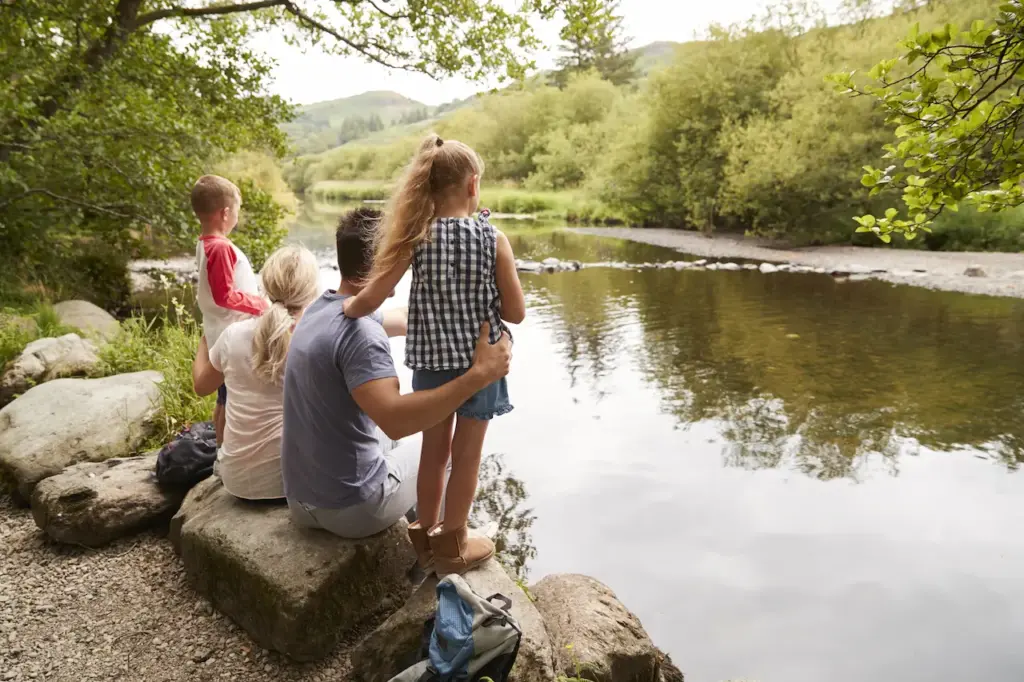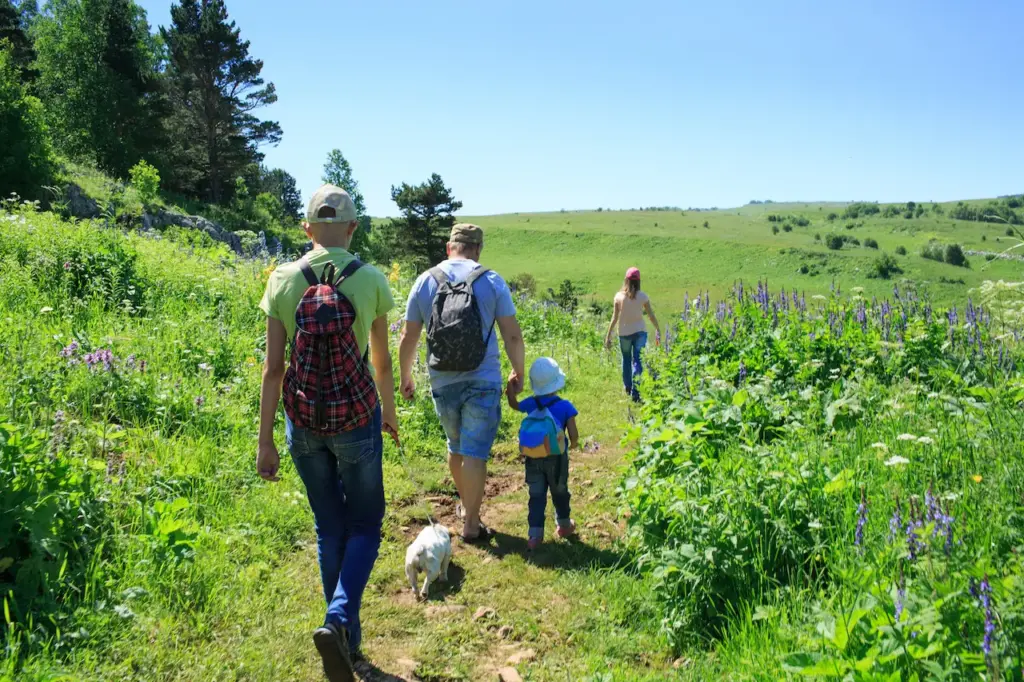About to head out for a hike with the family and need to know how to pack for a family day hike? When it comes to shared moments, few things bond a family together quite like the experience of hiking. Luckily, if you live in New South Wales, there are plenty of places you can go to stretch your legs.
Whether it’s to Wentworth Falls in the Blue Mountains, through the magnificent Kosciuszko National Park or along the famous Bondi to Coogee Beach Coastal Walk, the Premier State provides you with lots of opportunities to experience the great outdoors.
However, wherever you decide to go, it pays to be prepared. So, here is how you should pack for a family day hike to any of these places.
Table of Contents
ToggleThe Backpack
While you might take an overnight bag or carry case on a weekend getaway, you will need a good-quality backpack when you go hiking.
You’ll need something lightweight yet big enough to hold everything you want to take with you without being uncomfortable. At the same time, you will want to make sure it fits your torso perfectly and has an adjustable hip belt.
Other things to consider are the pack’s durability, cost, and the number of different compartments and attachments it has.

What to pack
After choosing your backpack, the next step is deciding what to pack, based on your destination and the time of year. Fortunately, MapleStore’s selection of Snow Peak outdoor essentials can help inspire you for any adventure
Once you have selected your backpack, you will need to decide what to put in it.
Appropriate clothes
Depending on when and where you are hiking, you will need to bring appropriate clothing for the experience.
If it is winter or you are heading to mountainous areas, it is a good idea to bring a warm jacket, hat, gloves, and jumper.
You should also pack extra underwear and a T-shirt, especially on hot days. Likewise, shorts and longer pants are worth having in reserve if the weather is interchangeable.
Try not to bring excess clothing with you. It will only take up space and add weight to your backpack.
Where possible, try to wear clothes that are quick-drying. That way, you won’t have to remain soaked through for long if you find yourself caught in a sudden downpour.
Water
It is important to bring plenty of water with you because dehydration can lead to dizziness, fatigue, and heat exhaustion.
Drinking plenty of water will also help you maintain good brain function, so you’ll be able to think clearly. Just make sure you carry it in a bottle or canister that keeps it nice and cold.
If you are going to an area with plenty of water sources, consider packing water purification tablets in your backpack.
Snacks
You never know what might happen on a hike; the threat of injury or getting lost always looms. So, for this reason, it is important to bring snacks with you.
Depending on how long you intend to hike, this might constitute most of the weight in your backpack. But it pays to have a good portion of non-perishable foods that will provide you with plenty of nutrients, energy, and hydration.
This includes fruit like bananas, apples, or oranges that don’t need to be refrigerated. You should also bring seeds, nuts and nut-based bars, energy and granola bars, whole grain tortillas and ready-made poultry or fish pouches. It wouldn’t hurt to carry a few lollies for energy as well.

First Aid Kit
A first aid kit is essential on any hike because it is easy to succumb to the elements or challenging environments.
Make sure you have plenty of plasters and bandages, as well as antiseptic and burns cream, pain relief tablets, scissors, tweezers, and adhesive tape.
You might also want to bring hand sanitiser and diarrhoea tablets with you, as well as insulin for diabetes and a puffer for asthma if you need them.
Sunglasses and sunscreen
If you are hiking in the middle of summer or to much higher ground, you’ll need to bring sunglasses and sunscreen.
Australia has one of the highest rates of skin cancer in the world – over 65% of the population will be diagnosed with it in some form at some point in their lives.
It is not just at the beach where they are at risk. So, it is important to protect yourself with good quality versions of both that can stave off the potential damage UV rays can do to you.
Bug spray
Depending on where your hike will take you, you could be entering areas with lots of midges and mosquitos, particularly if you are planning on hiking and staying off-grid.
A good-quality spray containing Oil of Lemon Eucalyptus, Picaridin, or DEET will go a long way toward decreasing the likelihood of being bitten.
You might also want to wear clothes and carry gear that has been treated with permethrin, which is an insecticide that repels and even kills mosquitoes.